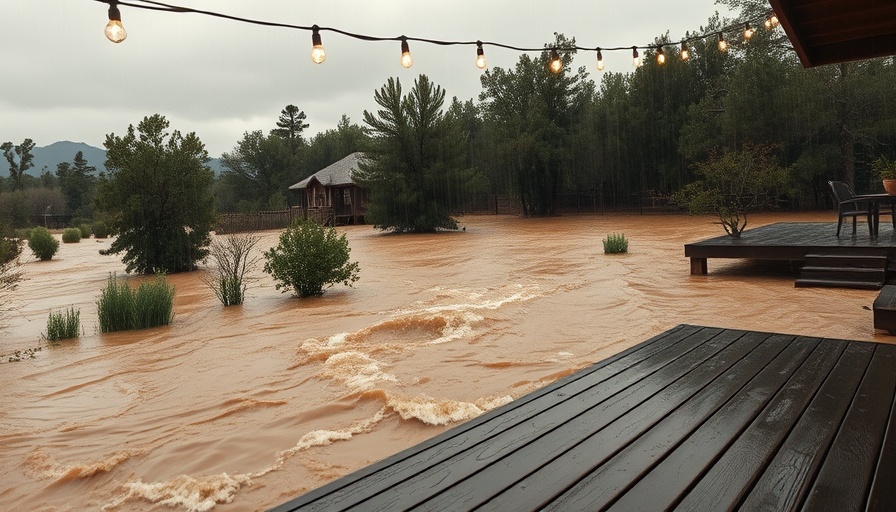
The Tragic Impact of Flash Floods in Ruidoso
In a heartbreaking incident that has left a community in mourning, flash flooding in Ruidoso, New Mexico, has resulted in the deaths of three individuals, including two children. The unprecedented flooding occurred on July 8, 2025, with village officials describing the event as one of 'historic proportions.'
The victims, a man in his 40s or 50s, a four-year-old girl, and a seven-year-old boy, were tragically swept away by the torrential floodwaters that surged through the village. Mayor Lynn Crawford expressed deep sorrow for the losses, saying, "Our hearts are broken for the families who have lost their loved ones in this terrible tragedy."
The Record-Breaking Waters and Their Causes
The flash floods were fueled by heavy monsoonal rains that lashed burn scar areas from previous wildfires, creating conditions ripe for rapid water rise. The Rio Ruidoso reached an astonishing height of 20 feet, surpassing the previous record by an alarming five feet. This spike in water levels was noted by the National Weather Service, which recorded the river's crest at 20.24 feet.
A Community in Recovery
As discussions about emergency preparedness take center stage, local authorities report that more than 50 residents were rescued from the floodwaters. Recovery efforts will likely be a focus in the coming days as officials navigate the aftermath of this natural disaster.
Events like the Ruidoso floods underscore the urgent need for towns situated in flood-prone areas to reassess their readiness for extreme weather events. As climate patterns evolve, such tragedies may become more frequent, raising critical questions about community resilience and response to natural disasters.
 Add Row
Add Row  Add Element
Add Element 



Write A Comment